The term "corpus luteum" is very often used in obstetrics and gynecology, which often leads to bewilderment of some women. In fact, this is an unstable, fluid formation on the ovary during a certain phase of the cycle, or rather luteal, at the time after ovulation. Consider its physiological norm, size.
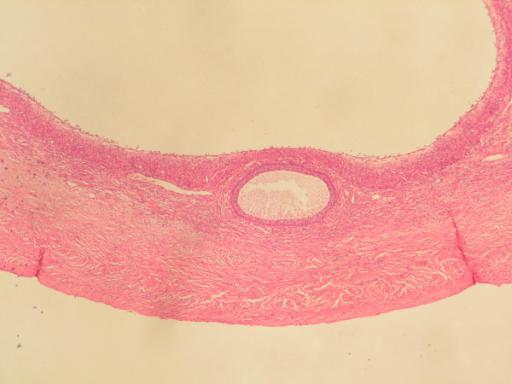
What is meant by the corpus luteum
This term is defined as a temporary gland that produces hormones. In structure, it is heterogeneous, having an irregular shape and edges in ultrasound images. Formation occurs on the left or right ovary during ovulation, 10-16 days of the cycle.
This name of iron received due to the color of the internal structure.
Its dimensions change during each day of the luteal phase of the cycle. By its completion, the temporary gland decreases and disappears completely with the onset of menstruation, since fertilization does not occur.
We will analyze that this is the corpus luteum during pregnancy. On ultrasound, it is visible in the gland in the period from fertilization to 10, and sometimes 12 weeks, until the nutritional functions of the fetus are transferred to the placenta.
The size of the corpus luteum on the days of the cycle during pregnancy on ultrasound sometimes corresponds to 3 centimeters, which is normal for this stage. In this case, they actively produce the very necessary progesterone. The extinction of these functions occurs by 10 weeks.
Determination of the corpus luteum during pregnancy by ultrasound is also used to determine whether an ectopic pregnancy has occurred. During the examination, a comprehensive assessment of the circumstances and symptoms is carried out to determine the location of the fertilized egg.
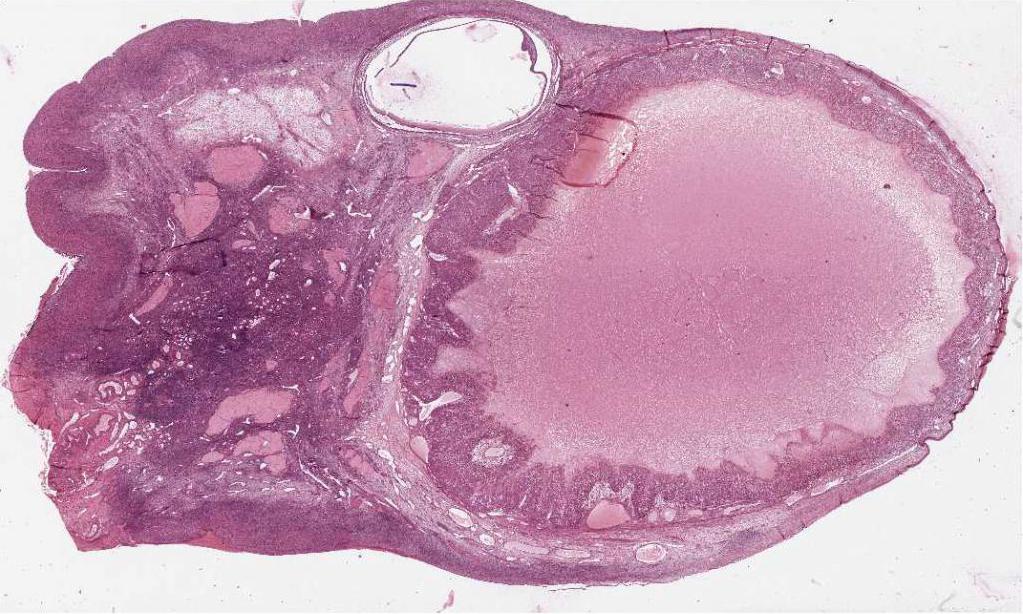
Features
The formation of the corpus luteum plays an important role in the female body, producing a hormone such as progesterone. For its greater selection, respectively, the size of the gland should also be not small. Progesterone prepares the body for pregnancy, while strengthening the endometrium so that a fertilized egg is subsequently attached to the uterus. Subsequently, this hormone assumes the function of nutrition of the fetus in the first trimester of pregnancy.
To understand the full picture of changes in the female body, we will analyze the phases of the cycle, which are periodically repeated throughout life:
- Menstrual - the initial stage, characterized by the cleansing of the internal cavity of the uterus from what was not needed to fertilize the egg. A manifestation of this stage is bleeding.
- Proliferative, also called the follicular phase. This stage determines the restoration of the endometrium in the uterus and its preparation for the new adoption of a fertilized egg after conception. The follicle matures in one of the ovaries. It carries an egg, and mucus is synthesized in the cervical canal with a change in its composition.
- Ovulation is the shortest of stages. Its duration is no more than 1 second. During this time, the egg breaks through the follicle and passes into the abdominal cavity. Her role is very important, since pregnancy is impossible without her.
- Sector or luteal phase, which is divided into 2 stages. The first includes the adoption of a fertilized egg, and the second occurs, in turn, in the absence of the introduction of a fruit egg. Here the disappearance of the corpus luteum and preparation for a new update.
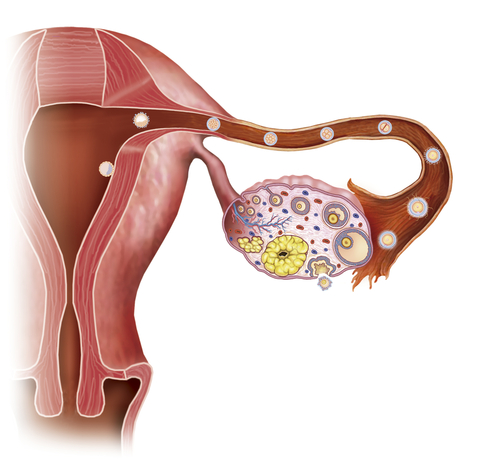
There is also evidence that the corpus luteum in addition to progesterone synthesizes important androgens and stradiol.
Summing up the role of this gland, the list of its functions is as follows:
- The production of a sufficient amount of progesterone and other hormones important for the body.
- Nutrition of the fetus in the first trimester of pregnancy.
- Prevention of the development of new follicles.
- Endometrial strengthening and its preparation for fertilization.
- Reducing contractile function of the uterus.
Formation process
The formation of the corpus luteum is divided into several stages:
- Proliferation is the occurrence of the gland after rupture of the follicle and the release of the egg. In the process, cell division begins and the formation of lutein, which has a yellowish tint. The corpus luteum acquires uneven edges and a heterogeneous structure.
- Vascularization is the stage of gland growth, during which it wraps around the blood vessels and implants in the epithelial layer. This happens on the 13-17 day of the cycle, is a small tumor with normal blood flow.
- The heyday is the achievement of the maximum size by the yellow body, the acquisition of brighter outlines and increased blood flow, on the 19-25 day of the menstrual cycle.
- Regression - this stage will be only if fertilization has not occurred, and the egg dies. The corpus luteum decreases in size and disappears at the beginning of menstruation. After that, scars or the so-called gilian formations remain on the ovary.
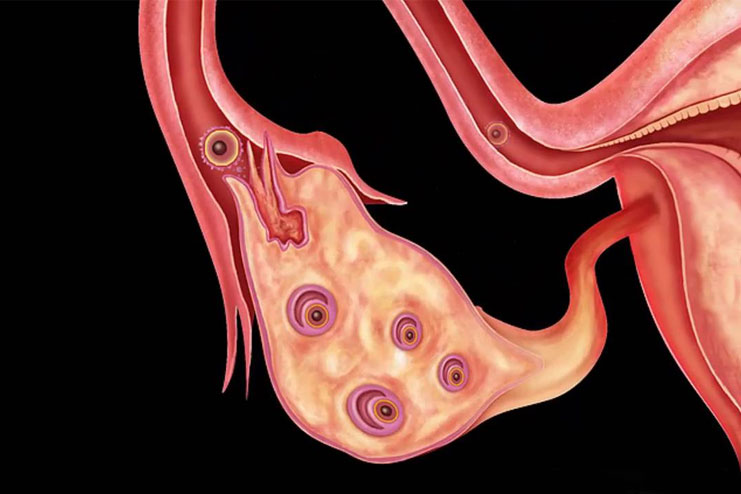
Gland Changes by Day Cycle
After passing through all stages of formation, the corpus luteum changes in size accordingly, remaining in its place until pregnancy and its initial stages or until the end of the luteal phase. This is the norm for this phenomenon.
Corpus luteum norm
It varies depending on the period. The size of the corpus luteum varies according to the days of the cycle. The doctor can observe the formed gland during examination only after ovulation, before this there should be only follicles.
In the first few days of the cycle, they are no more than 4 millimeters. Before ovulation, they can reach 25 mm.
They differ from the yellow gland of the follicle in a homogeneous structure and smooth edges. After it breaks, and this happens on the 11-16th day of the menstrual cycle, a temporary gland begins to form, the size of which is difficult to determine at this stage. Further, after the onset of vascularization, this becomes possible. The size of the corpus luteum in the days of the cycle at normal should reach 30 millimeters, but no more. However, when the follicle ruptures, it should not be less than 10 mm, otherwise this situation indicates a lack of gland, which is the cause of infertility.
The dimensions of the corpus luteum according to the days of the cycle after ovulation normally look as follows:
- 13-18 days - 15-20 mm.
- 18-21 days - 18-20 mm.
- 21-24 days - 20-27 mm.
- 25-29 days - 10-15 mm.
Such indicators are applicable to women whose menstrual cycle is 28-29 days, so the data above are average.
For example, the size of the corpus luteum on the 20th day of the cycle is normally 18-19 mm.
Deviations
There are situations in medical practice when the presence of a gland does not correspond to its average values. This is preceded by any conditions and factors. Deviations are possible in the presence of a cyst or insufficiency of the corpus luteum.
If the ultrasound shows an increase in the diameter of the gland, then the doctor will have suggestions of neoplasms. Their nature is a cyst. This pathology occurs with hormonal failure and disappears without any help after a few menstrual cycles.
A cyst larger than 40 millimeters requires treatment or surgery such as laparoscopy.
If the formation is more than 60 mm, then surgical methods cannot be dispensed with here, since its rupture is possible.
With small sizes of the corpus luteum, hormonal therapy and long-term treatment are required by the days of the cycle due to the fact that most often these indicators are the cause of infertility.

Gynecological symptoms
With some irregularities in the menstrual cycle and pain, the situation is not always complicated by the manifestations of any serious diseases, but it still requires you to consult a doctor for advice, as well as undergoing such a study as ultrasound.
An example of deviations is the corpus luteum on the 18th day of the cycle, the size of which is less than 16 millimeters, since it will not carry out the production of the proper amount of progesterone, and when planning pregnancy it will lead to disastrous consequences.
Symptoms of increased formations are as follows:
- Pain in one of the ovaries, different in nature.
- Menstruation delay of more than 6 days.
- Pain in the mammary glands that previously did not bother.
- An increase in basal temperature.
- Sensation of pain in the groin or lower back.
This symptomatology indicates the presence of a cyst.
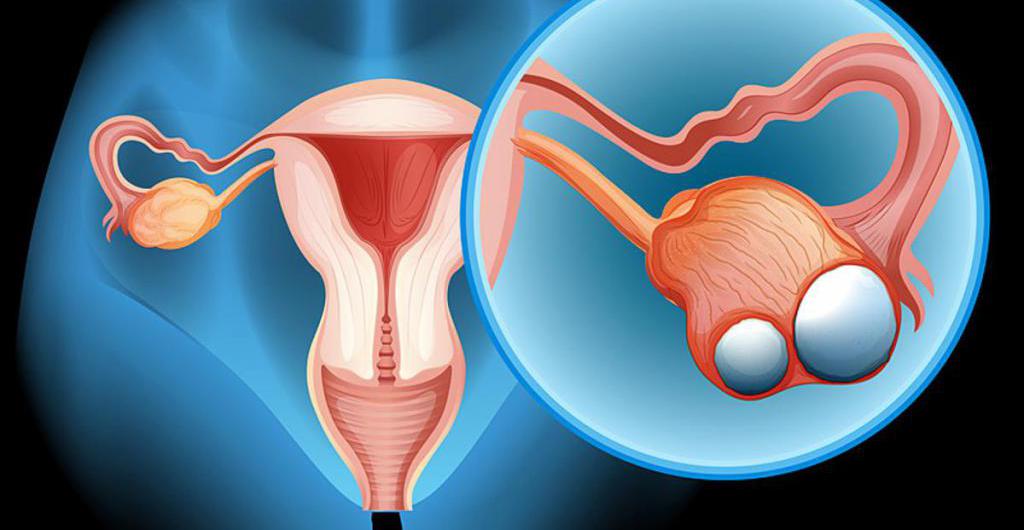
Medical advice
Passing regular examinations (once a year, and if this is possible once a half a year) and timely diagnosis - this is the main recommendation of all specialists.
Avoid all kinds of injuries of the internal organs of the small pelvis, monitor your health and lead the right lifestyle as much as possible.
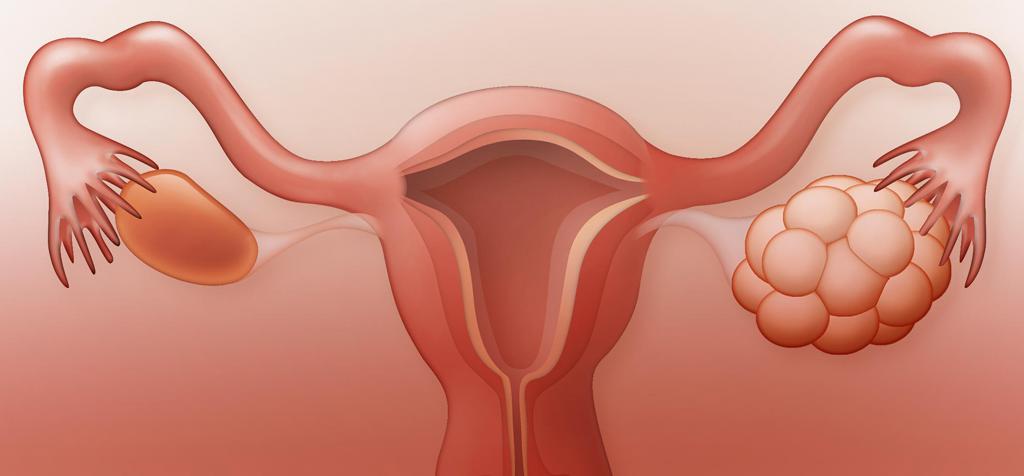
Conclusion
Summing up, it is necessary to determine that the size of the corpus luteum is a diagnostic norm, which is reflected using ultrasound and CT. In the presence of any deviations from the known average sizes, pathology is often detected.
In most cases, an enlargement of the temporary gland indicates neoplasms such as functional cysts that do not require treatment, but you do not need to start such a process, a mandatory examination and observation by a doctor is required.
Small or even small sizes of the corpus luteum are the cause of hormonal failure, that is, an imbalance or some other gynecological disease, which must be treated without fail.
An ultrasound examination is also necessary to prevent.
In modern medicine, there are a huge number of drugs that normalize the imbalance in the body of a woman, helps to prepare him for the upcoming pregnancy.